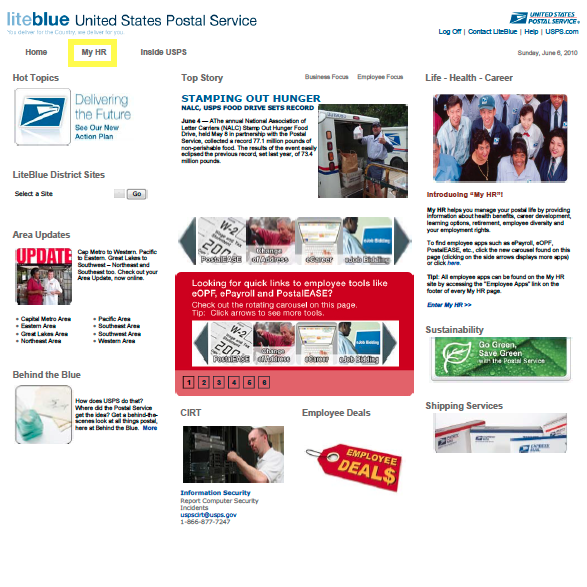The Roth TSP vs. Traditional TSP
Employees can contribute to both the traditional and the Roth TSP provided that their total contributions to both do not exceed the IRS’s deferral limit which can change from year to year. In 2013, these limits are $17,500 for individuals up to 50 years of age and $23,000 for those over 50.
Before discussing the considerations as to which type of TSP might be best for you, you should know the basic differences between the traditional TSP and the Roth TSP:
In the traditional TSP, contributions are deducted from an employee’s gross salary, resulting in current-year tax savings. Earnings grow on a tax-deferred basis, and federal and state income taxes are paid when funds are withdrawn at retirement or beginning as early as age 59 ½ without penalty. This includes employee contributions, agency contributions, agency automatic and matching contributions as well as accrued earnings.
In the Roth TSP, contributions are deducted from an employee’s after-tax income. Earnings grow tax-free, and there are no taxes to be paid upon withdrawal, again beginning as early as age 59 ½ without penalty.
Which Plan is Better for You?
There is no one-size-fits-all answer as to which plan is better for you to participate in. Instead, the right answer for you will depend on your current tax situation and whether your tax rate is likely to be higher or lower in retirement.
Since you don’t pay any taxes on Roth withdrawals, the higher your tax bracket in retirement, the more advantageous a Roth is likely to be. Strong savers—including those who contribute the maximum amount allowed by the IRS each year—are good Roth TSP candidates because they are likely to have a bigger nest-egg in retirement that can benefit from the Roth’s tax-free withdrawals.
On the other hand, if you’re in a low tax bracket today, you might consider a Roth now, when a lowering of your gross income will provide as significant a tax benefit as it might later on if you are in a higher bracket.
Because it comes right out of your paycheck, a Roth contribution is likely to reduce your take-home pay by more than a similar contribution to the traditional option, which is made using pre-tax dollars. Therefore, if you want to take home as much money as possible during—allocating to the traditional TSP option is perhaps the way to go.
Here are some other issues to consider:
- If you contribute to the TSP while living in a high income tax state like California and retire to an income tax- free state, such as Nevada or Florida, or to a low income tax state such as Alabama, an employee who contributes to the traditional TSP will pay less overall in state income taxes.
- Contributing to the traditional TSP will reduce your adjusted gross income in the year of your contribution, resulting in less taxable income and a reduced income tax liability in the current year. A smaller adjusted gross income may qualify you for current-year tax credits such as the child credit and educational tax credits, and deductions such as contributions to a traditional IRA. Some tax credits and deductions are not available to individuals whose adjusted gross income is too large.
- The Roth TSP is advantageous for account owners who wish to pass on as much as possible to their heirs. After they retire from federal service, Roth TSP account owners may roll over their Roth TSP accounts to a Roth IRA. Roth IRAs have no required minimum distribution requirements starting at age 70 ½ as do traditional IRAs, 401(k) retirement plans, the traditional TSP, and the Roth TSP. As such, a Roth IRA owner can hold onto the account indefinitely and pass it on tax-free to their beneficiaries upon his or her death.
- The Roth TSP is advantageous for employees who are not eligible to invest in Roth IRAs because of their sizable adjusted gross income. The availability of the Roth TSP is relatively new to federal employees and participation has been relatively slow. Part of the reason is that many employees are not fully aware or educated about Roth retirement plans, and in particular, about which individuals benefit most from plan participation.
While current and likely future tax rates are a major factor in considering the benefits of the Roth vs. traditional TSP, since no one knows what tax rates will be in the future, diversifying with contributions to both a traditional and Roth TSP account might be a way to hedge your tax bets with your retirement savings. To learn more about the TSP’s Roth option, visit the TSP website at: https://www.tsp.gov.
And because of the complexities involved in tax considerations, it is highly recommended that you consult a qualified financial professional when determining your TSP strategy.









